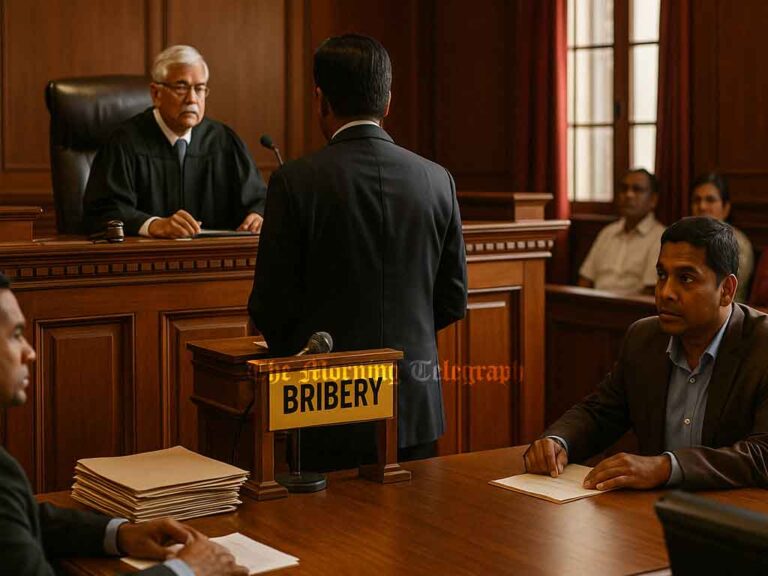
During Indian Prime Minister Narendra Modi’s recent visit to Sri Lanka, the long-debated proposal for a land bridge linking India and Sri Lanka resurfaced, yet the Sri Lankan government has remained silent on the matter, according to a report by the Daily Mirror.
The idea of connecting the two countries through a land or sea bridge dates back to 2002, when the Sri Lankan government explored the feasibility of building a link between Rameshwaram in Tamil Nadu and Talaimannar in northern Sri Lanka. This proposal was originally rooted in the geographical formation known as Ram Sethu or Adam’s Bridge. At that time, there was also interest in creating a railway connection between the two nations.
Over the years, the concept has been revisited multiple times, even finding its way into joint statements between previous administrations. However, despite the high-profile nature of Prime Minister Modi’s recent visit—and the revival of the land bridge proposal during his meetings—there has been no formal response or acknowledgement from the Sri Lankan side.
President Anura Kumara Dissanayake, who chose India for his first foreign visit after assuming office, held meetings with both Prime Minister Modi and Indian President Droupadi Murmu. Yet, reports suggest that the Indo-Lanka land link was not officially discussed during those talks. Even as Indian media outlets confirm renewed interest in the project from India’s side, Colombo has not issued any statement.
Modi, who concluded his official visit to Sri Lanka with a flight from Anuradhapura, reportedly viewed the limestone formations of Ram Sethu from the air while crossing the Indian Ocean. Upon returning to Tamil Nadu, he inaugurated the newly renovated Pamban Bridge—India’s first sea bridge—which includes both rail and road infrastructure spanning 2,065 kilometers.
Indian media has indicated that New Delhi is keen on extending the Pamban Bridge and the railway line all the way to Sri Lanka, effectively creating a direct transport corridor between the two nations. However, Sri Lanka’s current stance on this major geopolitical and infrastructural proposal remains unclear.
In a separate development, Sri Lanka has requested an increase in its apparel export quota to India—from the current 8 million to 50 million units—under the proposed Indo-Lanka Economic and Technical Cooperation Agreement. According to Daily Mirror, Foreign Minister Vijitha Herath confirmed that Sri Lanka submitted this request under the Indo-Lanka Free Trade Agreement, seeking improved trade access for one of its most vital export sectors.
While India appears enthusiastic about strengthening both physical and economic ties, Sri Lanka’s hesitancy to publicly engage on the land bridge issue raises questions about political sensitivities, sovereignty concerns, and domestic consensus on deepening bilateral integration.




